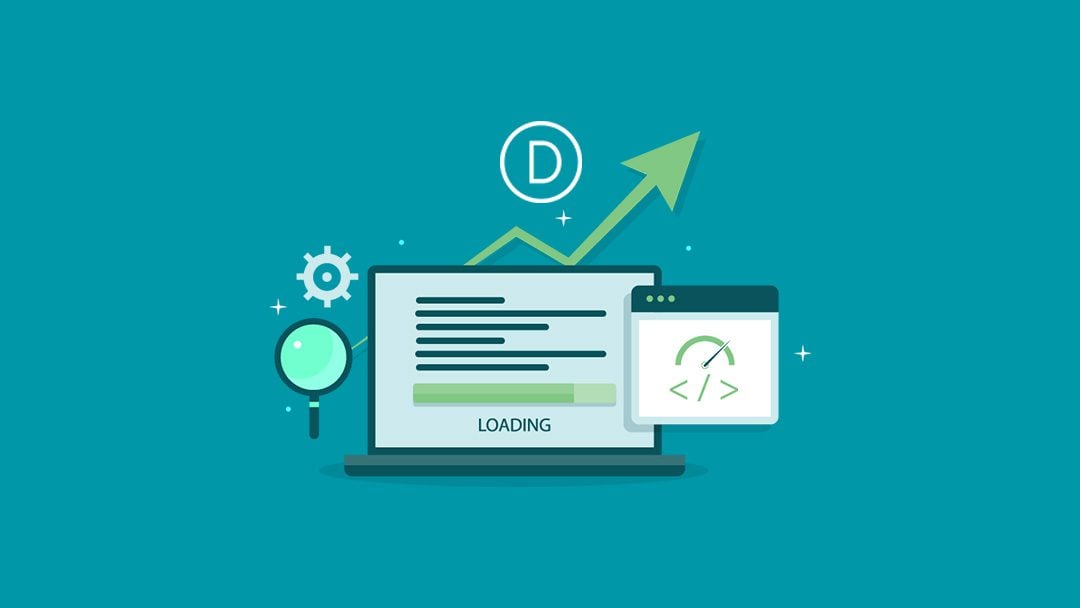Introduction: Why HTML Minification Matters
A few years ago, I was working on a client’s portfolio website that looked visually stunning but had one big problem—it was painfully slow to load.
At first glance, the images seemed optimized, the hosting was solid, and the CSS was neatly arranged. But when I checked the HTML code, I saw lines of unnecessary spaces, comments, and formatting.
This was the culprit.
After using a free HTML minifier tool, the site’s load time dropped by almost 40%—without changing a single design element. That small optimization made the site rank better in Google and improved the client’s bounce rate.
In this article, I’ll share exactly why and how HTML minification works, the best free HTML minifier tools, and practical tips to use them effectively.
What is HTML minification?
HTML minification is the process of removing unnecessary characters from HTML code without changing its functionality.
This includes:
Extra spaces
Line breaks
Comments
Unused code snippets
For example:
Before Minification:
<html>
<head>
<title>My Website</title>
</head>
<body>
<!-- Main Content -->
<h1>Welcome to My Website</h1>
</body>
</html>
After Minification:
<html><head><title>My Website</title></head><body><h1>Welcome to My Website</h1></body></html>
Both versions work exactly the same, but the minified version is smaller and loads faster.
Why Should You Minify HTML?
1. Faster Loading Speeds
Reducing file size means the browser downloads content faster, which directly impacts your site’s performance.
2. Better SEO Rankings
Google’s ranking algorithm considers page speed as a factor. A faster site can rank higher in search results.
3. Lower Bandwidth Usage
If you’re on limited hosting or a CDN plan, smaller file sizes save bandwidth.
4. Improved User Experience
Fast-loading websites keep visitors engaged, reducing bounce rates and increasing conversions.
How a Free HTML Minifier Tool Works
Free HTML minifier tools automate the process so you don’t have to manually clean up your code.
Typically, they:
Scan your HTML file for extra spaces, comments, and line breaks.
Remove unnecessary characters without touching essential code.
Generate a minified version ready for upload.
Most tools offer:
Paste-and-minify: Copy-paste your code into a text box and download the minified version.
Upload-and-minify: Upload an HTML file and get a clean, optimized file.
Online & offline options: Some work in browsers, others as software.
Best Free HTML Minifier Tools
Here are some trusted, widely used free tools:
1. HTML Minifier by Minifier.org
Web-based, no installation needed
Supports HTML, CSS, and JavaScript
Simple copy-paste interface
2. HTML Minifier – WebDev
Recommended by Google’s Web.Dev
Lightweight and beginner-friendly
Great for small to medium projects
3. FreeFormatter HTML Minifier
Allows customization of minification settings
Can keep certain comments if needed
Handles large HTML files
When Should You Use an HTML Minifier?
You should run HTML minification:
Before website launch—to ensure a fast first impression.
After major content updates—to keep the site optimized.
During development—if you’re working with large, repetitive HTML files.
For dynamic sites like WordPress, you can use plugins such as Autoptimize or W3 Total Cache that automatically minify HTML.
Best Practices for HTML Minification
Keep a backup of your original file before minifying.
Validate your HTML after minification to avoid syntax errors.
Avoid over-minifying during development, as it makes code harder to read.
Combine with CSS and JS minification for maximum speed gains.
Real-World Example: Speed Improvement
Let’s take a real case:
A blog with a 120KB HTML file size.
After minification: 85 KB.
That’s a 29% reduction in size.
Result:
Page load time improved from 3.2s to 2.4s.
The Google PageSpeed Insights score increased from 78 to 91.
That’s the power of a simple, free tool.
Common Myths About HTML Minification
“It will break my site”—If ”done properly with a reliable tool, minification doesn’t change functionality.
“It’s only for large websites”—even ”small sites benefit from reduced load times.
“It’s not worth the ”effort’—the process is quick, easy, and has a lasting positive effect.
Conclusion: Speed Up Your Site with HTML Minification
HTML minification is one of the simplest yet most effective ways to improve your website’s performance, SEO rankings, and user experience.
With free HTML minifier tools, you don’t need technical skills or expensive software—just paste your code, click a button, and enjoy faster load times.
If you haven’t tried it yet, I highly recommend testing your site’s speed before and after minification. The results will speak for themselves.
FAQs
1. Is HTML minification safe?
Yes, as long as you use a reputable tool, it won’t affect how your website works.
2. How often should I minify my HTML?
For static sites, only when you make changes. For dynamic sites, consider using an automatic minification plugin.
3. Can I minify HTML manually?
Yes, but it’s time-consuming and prone to errors. Automated tools are much faster.
4. Will minifying HTML improve SEO?
Indirectly, yes. Faster load times can improve your SEO rankings.
5. Do I need to minify CSS and JavaScript too?
Absolutely. Minifying all code types maximizes performance gains.
6. What’s the best free HTML minifier?
Tools like Minifier.org, FreeFormatter, and WebDev are reliable and beginner-friendly.

